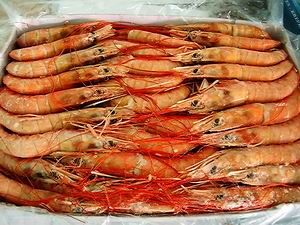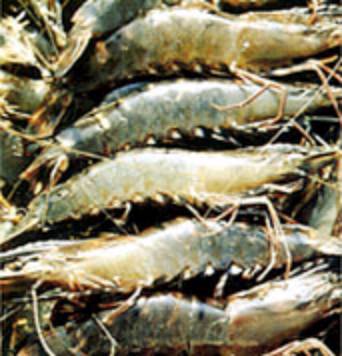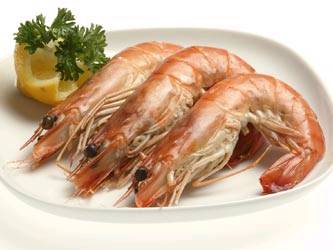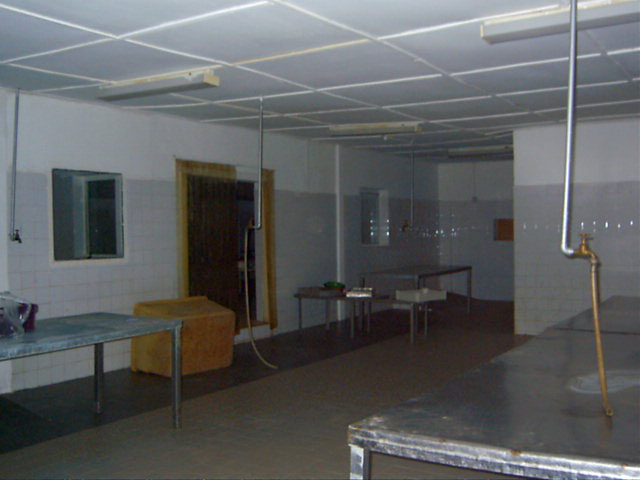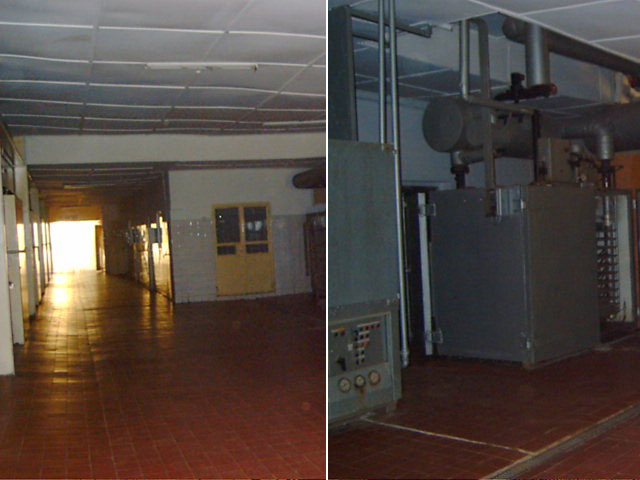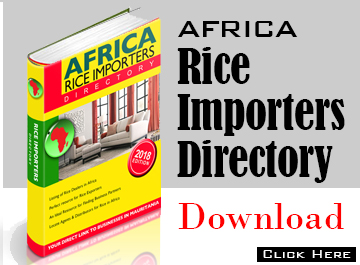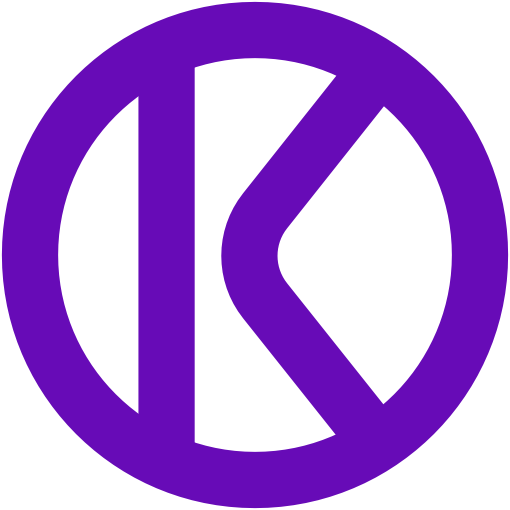Why Register?
- List Your Business
- Business Matchmaking
- WhatsApp Chat
- Personal Messaging
- Showcase Your Products

Product Pictures
The latest addition to our sprawling processing centers in The Gambia is the Sea Food International factory located in the suburb of Banjul - Capital of The Gambia, approximately 30 minutes drive from the capital.
Established in 1985, this factory specializes and is capable of producing high quality sea food - for a host of internationally renowned food processing companies and restaurants.
The Gambia is a small country stretching along the banks of the River Gambia, and is bordered on all sides, except on the Atlantic coast, by the Republic of Senegal. The Gambia lies within the Sahel region and is subject to periodic droughts, which can affect the water flow and productivity of marine and estuarine fisheries.
The Gambia’s maritime fisheries resources are enhanced by the freshwater flow from the River Gambia estuary, which attracts marine fish for feeding and spawning purposes. The most important marine fish species are pelagic species, including shad or bonga (Ethmalosa spp.) and sardinellas (Sardinella spp.), but there are also appreciable stocks of both demersal and semi-pelagic species, such as carangids (Carangidae); barracudas (Sphyreanidae); croakers and drums (Sciaenidae); porgies and seabreams (Sparidae); groupers and seabasses (Serranidae); threadfins and tasslefishes (Polynemidae); and grunts (Pomadasysidae).
Gambia has considerable quantities of brackish- and freshwater fish. Some of the most abundant species are tilapia (Oreochromis niloticus), African bonytongue (Heterotis niloticus), upsidedown catfish (Synodontis gambensis), catfish (Clarias lazera), bagrid catfish (Auchenoglanis occidentalis), Labeo senegalensis and Chrysichthus furcayus. Artisanal fishing activities fall into three categories: marine, lower river and upper river. The lower portion of the River Gambia has a brackish-water regime and marine fish are caught in this area, particularly bonga, catfish, threadfins, barracuda, sole and shrimps. The shrimp (Penaeus duorarum) and tonguesole (Cynoglossus senegalensis) caught along the river are purchased by industrial fishing companies for processing and export to Europe.
The performance of the industrial fisheries subsector in terms of its contribution to total fisheries industry output has been below expectations. Industrial fisheries activities involve use of high-cost fish-production systems (fishing trawlers), as well as high-cost processing systems (fish factories). There are about 20 locally registered fishing companies. Although the number keeps increasing, only 11 companies have so far managed to invest in fish factories. Seven fish factories have now been certified to process and export to EU countries. Only three companies have managed to acquire fishing trawlers; the other companies depend solely on raw material supplies from the artisanal fishers. Industrial fishing activities focus mainly on demersal fish species, which are processed and exported. The fishing companies operate industrial fishing vessels (shrimp trawlers, demersal trawlers) under licence, but most vessels do not land their catches in the Gambia because of lack of a fisheries port.
Fish is a relatively cheap source of protein compared with other animal products available in the Gambia, and per caput consumption is high, particularly along the coast. However, with recent steps to improve the distribution of fresh marine fish, inland areas now have greater access to fish and fishery products, both domestically produced and imported.








